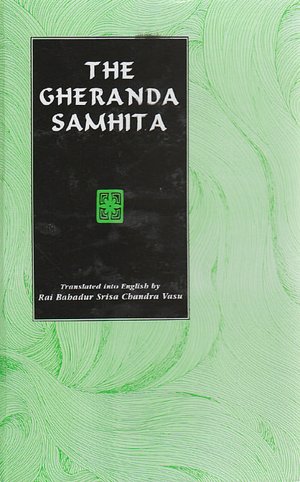Some notes and highlights from the week:
Leslie Kaminoff explains "accessory breathing":
Meet the Sweetest Vegan:
Leslie Kaminoff explains "accessory breathing":
Meet the Sweetest Vegan:
I'm going to Florida August 17 & 18 (I'll see you there!)
On facebook
The Shala's website
The details:
Sat. 8:30AM – 11AM Led Primary
Traditional Sanskrit count of asanas and vinyasas we well as each and every inhale and exhale. Ride each breath in and out, allow your mind to sink down, and surrender to the current. We will finish with deep relaxation and chanting.
Sat. 1PM – 4PM The Strength to Surrender
When we untether ourselves from mental chatter we are able to soften the heart, trust fully, embrace faith, and open to possibility. We begin to experience a lightness in the body and mind and an ease in practice that flows into all areas of our lives. Spend the afternoon with Elise delving into this topic to gain insight into where you are in your journey, what is holding you back, keeping you stuck, or bringing stuff up. Learn how to tap into the tools you already have to help you trust this process, let go, and feel more joy in life. Elise will touch on the mental and physical aspects of heat, resistance, purification and sweet sweet surrender.
Sun 8:30AM-11AM
Mysore & Chanting The weekend culminates with Mysore practice and chanting that shakes us to the core and aligns all aspects of our being with the light within.
Recommended Reads:
I may have recommended this before and here it is again: The Yoga Sutras of Patanjali with commentary by Swami Satchidananda. Yes, it comes en espanol tambien.
"Disease, dullness, doubt, carelessness, laziness, sensuality, false perception, failure to reach firm ground and slipping from the ground gained -- these distractions of the mind-stuff are the obstacles.
Accompaniments to the mental distractions include distress, despair, trembling of the body, and disturbed breathing.
The practice of concentration on a single subject [or the use of one technique] is the best way to prevent the obstacles and their accompaniments."
vyādhistyānasaṁśaya pramādālasyāvirati
व्याधिस्त्यानसंशय प्रमादालस्याविरति
bhrāntidarśanālabdha bhūmikatvānavasthitatvāni
भ्रान्तिदर्शनालब्ध भूमिकत्वानवस्थितत्वानि
cittavikṣepāste 'ntarāyāḥ
चित्तविक्षेपास्ते ऽन्तरायाः
duḥkhadaurmanasyaṅgamejayatvaśvāsapraśvāsā
दुःखदौर्मनस्यङ्गमेजयत्वश्वासप्रश्वासा
vikṣepasahabhuvaḥ
विक्षेपसहभुवः
tatpratiṣedhārthamekatattvābhyāsaḥ
तत्प्रतिषेधार्थमेकतत्त्वाभ्यासः
~Yoga Sutras 1.30-32











